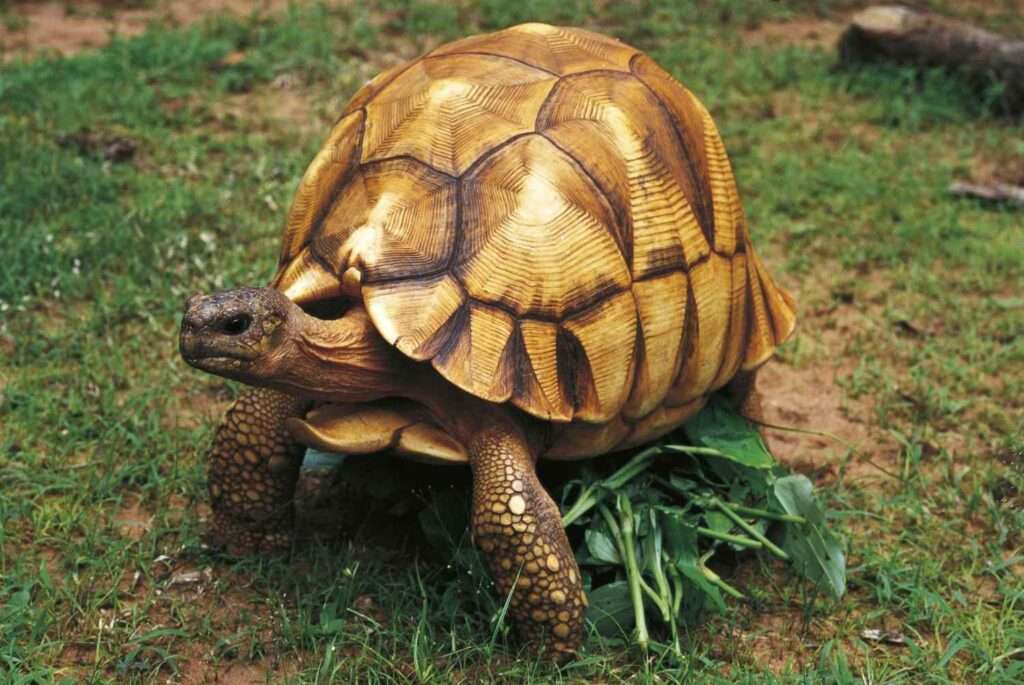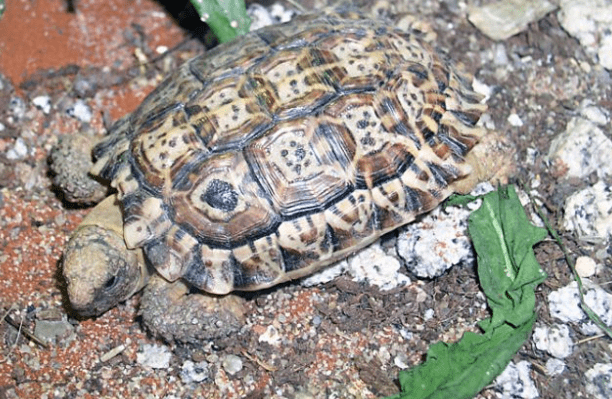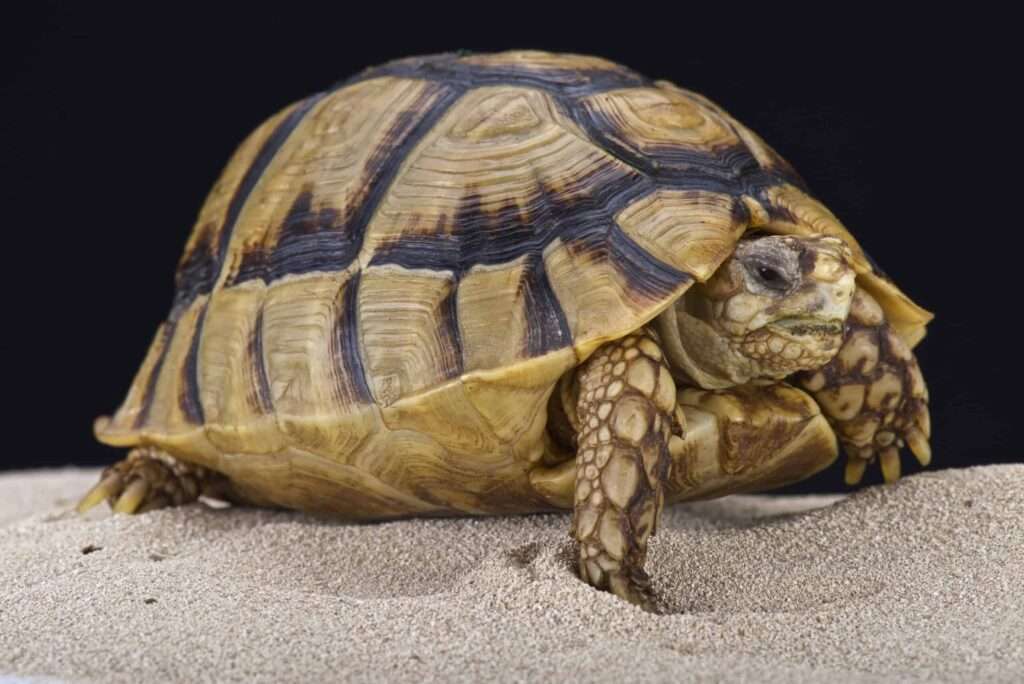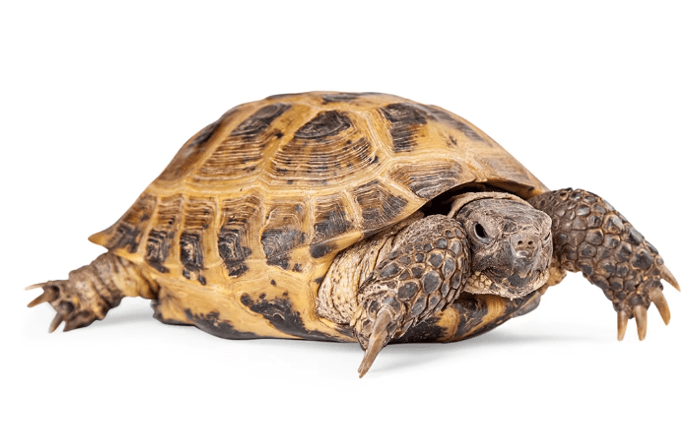
Description
A highly endangered species of tortoise, the angonoka tortoise (Astrochelys yniphora), is gravely threatened by poaching for the illegal pet trade. It only exists in Madagascar. It is also known as the angonoka, ploughshare, Madagascar, or angulated tortoise of Madagascar.
The carapace has noticeable growth rings on each scute and is light brown in hue and extremely domed. The vertebral outside portions are a deeper brown. Between the front legs, the plastron’s gular scute protrudes forward and slopes upward towards the neck. Males can grow their carapace length up to 17 inches (43 cm), making them larger than females.
Habitat
The dry woodlands in the Baly Bay region of northwest Madagascar, close to the town of Soalala (containing Baie de Baly National Park), are where this species can only be found in the wild in Madagascar. Around Baly Bay, the distribution ranges from 25 to 60 km2 (9.7 to 23.2 sq mi).
Savanna, mangrove wetlands, and dry deciduous woodland make up the Baly Bay region. They utilise the bamboo-scrub environment, which consists of several shrub species, bamboo, savanna grasses, and open areas devoid of vegetation.

Behavior
They are daytime only tortoises. From May through October, when it is chilly and dry, they are typically dormant. In terms of courtship, mating, and hatching, they are most active in the wet months of November and December. They go out foraging in the morning and late in the day. Ploughshare tortoises use surface litter as protection rather than building tunnels, like many other tortoises do.
In order to compete for access to women, mature males must wrestle. Each man uses his gular scute to try to topple his opponent during this competition. The victor then looks for a female partner.
Keeping as Pet
Diet
In exposed rocky areas of bamboo scrub, the angonoka tortoise grazes on grasses. Additionally, it will graze on dried bamboo leaves, forbs, herbs, and bushes. The tortoise has also been seen consuming dried pig feces in addition to plant matter.
Table





